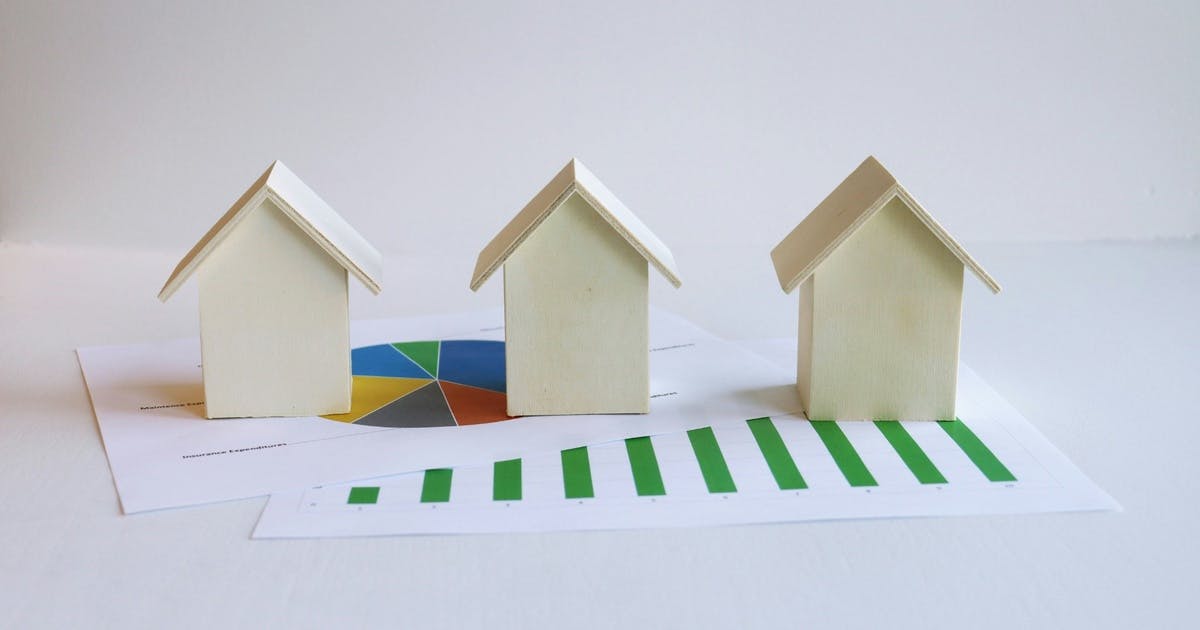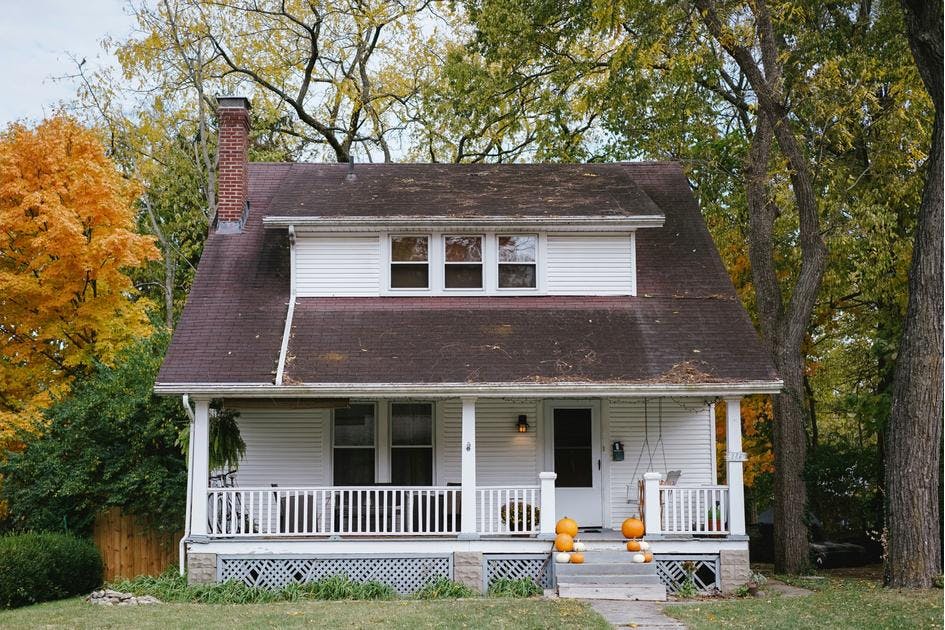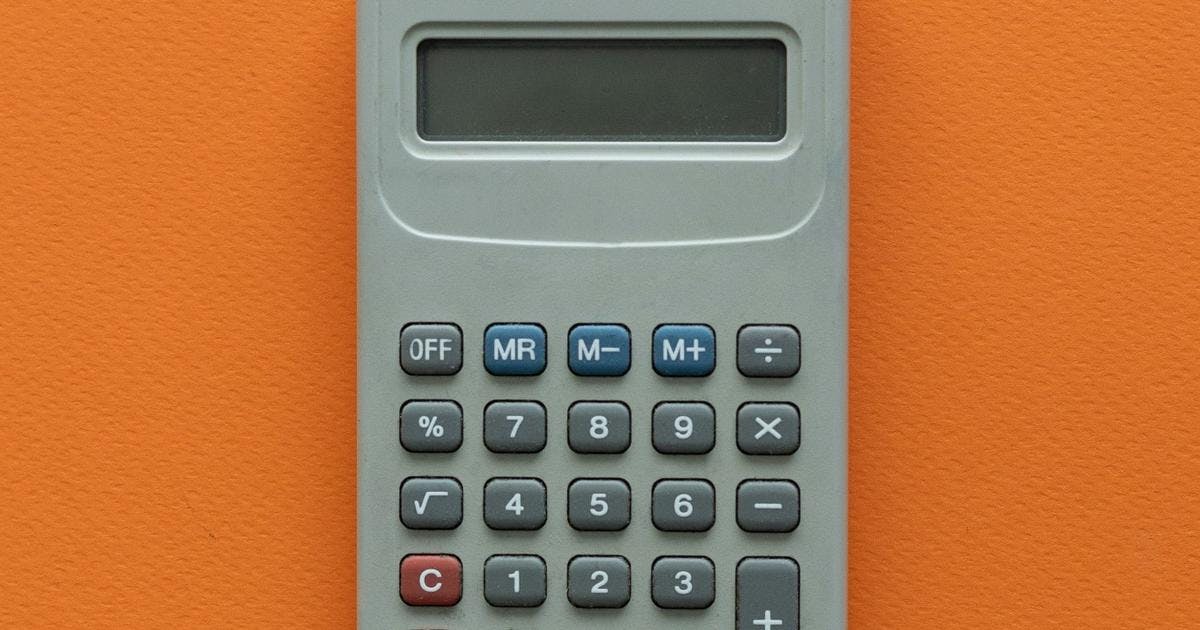
The Ultimate Guide to Ireland’s LPT Changes (2026–2030 cycle)

Summary
Understand Ireland’s upcoming local property tax changes.
Local Property Tax (LPT) is about to enter a new valuation cycle. If you own a residential property in Ireland, you’ll set a new valuation that determines what you pay for five years, 2026–2030. This guide explains what’s changing, the exact deadlines, how to value correctly, how rates work (including your council’s local adjustment), and what to do if you can’t pay in full.
Key dates
- Valuation date: 1 November 2025 (value your home as it stands on this date). Your chosen band based on this value sets your LPT for 2026–2030. You do not revalue again until 1 November 2030.
- Return deadline: 7 November 2025 (file your LPT return with your valuation band and confirm your 2026 payment method).
2026 payment timing (depends on method you pick):
- Pay in full (card/Payment Service Provider): by 9 January 2026.
- Phased (deduction at source / regular cash via Payment Service Provider): starts January 2026.
- Monthly Direct Debit: starts 15 January 2026 (then the 15th each month).
- Annual Debit Instruction (one bank debit): 20 March 2026.
What’s actually changing for 2026–2030?
1) A new valuation that lasts five years
You self-assess your home’s market value as at 1 Nov 2025. That single valuation sets your LPT for each year 2026–2030, regardless of normal market swings or mid-cycle renovations. (for example, if you add an extension in 2027, you still don’t revalue until 1 Nov 2030.)
2) Updated bands and charging structure
Revenue has published the 2026–2030 valuation bands and basic rates (19 bands up to €2.1m; above €2.1m you’re charged on actual value).
Why this matters: Wider bands help keep many owners in the same band even if prices rose since 2021. The exact euro amount you pay still depends on (a) your valuation band, and (b) your council’s Local Adjustment Factor (next section).
3) The Local Adjustment Factor (LAF)
Each local authority can increase or decrease the basic LPT rate for your band. You can use Revenue's LPT calculator to see your local authority's LAF for 2026.
Exactly what you must do (and when)
- Value your property as at 1 Nov 2025 (see the valuation walkthrough below).
- File your LPT return by 7 Nov 2025 and choose your 2026 payment method (single payment vs. phased).
- Pay on time in 2026 based on the option you chose (dates above).
Where to file: Use LPT online (or via myAccount/ROS). If you’ve lost your Property ID/PIN, the LPT sign-in page lets you request them by post - or simply access via myAccount/ROS if you’re registered.
How to value your property correctly (step-by-step)
LPT is self-assessed, so you pick the band that fits your home’s market value on 1 Nov 2025. Revenue’s guide and tools make this straightforward.
Four steps to value your property:
- Use Revenue's interactive valuation tool to get an estimate of your property's value.
- Use the official LPT calculator to see the 2026 charge for your band with your council’s LAF applied. (Select year 2026, your local authority, and your band.)
- Cross-check market evidence: recent comparable sales (RPPR), reputable portals, or a professional valuation if your situation is unusual.
- Document your rationale (addresses, dates, screenshots). You don’t submit the evidence, but keep it for your records.
Renovations or price fluctuations after 1 Nov 2025 should be ignored until the next valuation date (1 Nov 2030). Your 2026–2030 LPT charge stays anchored to the valuation as of 01 November 2025.
Bands and rates for 2026
- Bands & basic rates: Revenue’s 2026–2030 page lists 19 bands up to €2.1m and shows the basic charge per band. Your council’s LAF then increases/decreases that figure.
- Policy background: Government’s June 2025 statement indicates band widths widened by ~20% and a base rate of 0.0906% up to €1.26m, with tiered percentages above that . Use Revenue’s official calculator for the actual payable amount for 2026 in your area.
LPT Rates 2026 - 2030
The Local Adjustment Factor (LAF) explained
- What it is: A percentage tweak your local authority applies to the basic LPT charge for your band.
- Where to check: Revenue’s 2026 page includes each council’s LAF and links to the calculator that applies it automatically.
- Future policy note: Government signalled increasing the upward cap to +25%.. A later statement proposed deferring +25% to 2027. Always rely on the published 2026 LAF table for the bill you’ll actually pay for 2026.
Payment options (choose on your return)
- Pay in full (card / payment service provider). The deadline is January 9th 2026.
- Annual Debit Instruction (single bank debit). Direct debit on March 20th 2026.
Phased payments:
- Monthly Direct Debit - starts on January 15th 2026 (payment taken on the 15th of each month thereafter).
- Deduction at Source (salary/pension/Dept payments) starts in January 2026.
If you used monthly direct debit last year, it usually rolls forward unless you change it - still, confirm your 2026 method on the new return.
If you’re newly liable or your property changed
- Newly residential between 1 Nov 2024 and 1 Nov 2025? Register it, value as at 1 Nov 2025, and file by 7 Nov 2025.
- Buying/selling in late 2025/2026: Unpaid LPT (plus interest) becomes a charge on the property, so conveyancers will insist on LPT history/receipts before closing.
Penalties, interest & compliance (what happens if you don’t pay)
- Interest on late/unpaid LPT: 8% per year. The debt becomes a charge on your property until cleared (you can’t sell/transfer without paying it).
- Surcharges & enforcement: Revenue can apply a surcharge to other tax returns, deduct at source from pay/pension, withhold refunds/tax clearance, or attach a bank account.
Deferral vs exemption
- Deferral (not a write-off): If you qualify (e.g., income thresholds or hardship), you can defer some/all LPT. Deferral interest is 3% per year. Deferred amounts are typically settled on sale/transfer.
- Exemptions: Limited categories exist (e.g., certain public bodies/charities or specific property defects regimes, etc.). Even when exempt, you still file a return and claim the exemption in the return. (See Revenue’s LPT pages for the current list and conditions.)
How to file (and recover a lost PIN)
- Sign in: LPT online directly, or via myAccount/ROS.
- If you’ve mislaid your Property ID/PIN and you’re not using myAccount/ROS, use the “Send my Property ID or PIN by post” option on the LPT sign-in page (enter PPSN/TRN and submit).
- LPT sign-in page: Liable person’s PPSN/TRN + Property ID + PIN.
Revenue's LPT Calculator
Frequently Aasked Questions
Q1) Do I have to revalue every year?
No. You value once on 1 Nov 2025 and that valuation sets your charge for 2026–2030. Next revaluation is 1 Nov 2030.
Q2) What if my property value increased in 2027- is my LPT going up mid-cycle?
No. Mid-cycle price movements don’t change your LPT for 2026–2030.
Q3) What if I low-ball my valuation?
LPT is self-assessed, but you must be able to justify your band if Revenue queries it. Use real comparables and keep notes. (Main guidance and calculator: Revenue.)
Q4) What if I miss the 7 Nov filing?
Expect interest at 8% on unpaid LPT and potential surcharges/enforcement until you file and pay/arrange to pay.
Q6) I’m cash-strapped - should I defer?
If you meet the rules, yes - deferral interest is 3%, which is lower than the 8% late-payment rate without a deferral. Read the criteria carefully and remember you’re postponing, not erasing, the bill.
LPT checklist
- Note 1 Nov 2025: property valuation date.
- Gather evidence: recent sale prices, valuation tool outputs, notes.
- Run the LPT calculator for 2026 (with your council).
- Pick the correct band and record your rationale.
- Check your council’s 2026 LAF
- File by 7 Nov 2025 (LPT or via myAccount/ROS).
- Choose your payment method (full vs phased).
- If struggling, read deferral rules (3% interest).
- Important 2026 dates: 9 Jan / 15 Jan / Jan / 20 Mar (depending on PAYMENT method).
- Save your receipt/history - essential if selling or remortgaging.
Final word
Three key takeaways: value on 1 Nov 2025, file by 7 Nov 2025, and choose the payment method that suits your 2026 cashflow. Everything else - bands, local adjustments, and special cases - flows from there.
This blog post is for informational purposes only and does not constitute tax, financial, or legal advice. Tax laws and regulations are subject to change and may vary based on individual circumstances. Readers are strongly encouraged to consult with a qualified tax professional or financial advisor before making decisions based on the information provided. We make no guarantee regarding the accuracy, completeness, or applicability of this content to your particular tax situation.
Found this article helpful? Share it with others
Related Posts

First-Time Buyer Tax Essentials: Part 1 - An Introduction

Everything First-Time Buyers Need to Know About Property Tax in Ireland — A New Blog Series.

The Irish Tax Hub Capital Gains Tax (CGT) Calculators

Irish Tax Hub offers Ireland’s most accurate CGT calculators to simplify share, property, and option tax planning.